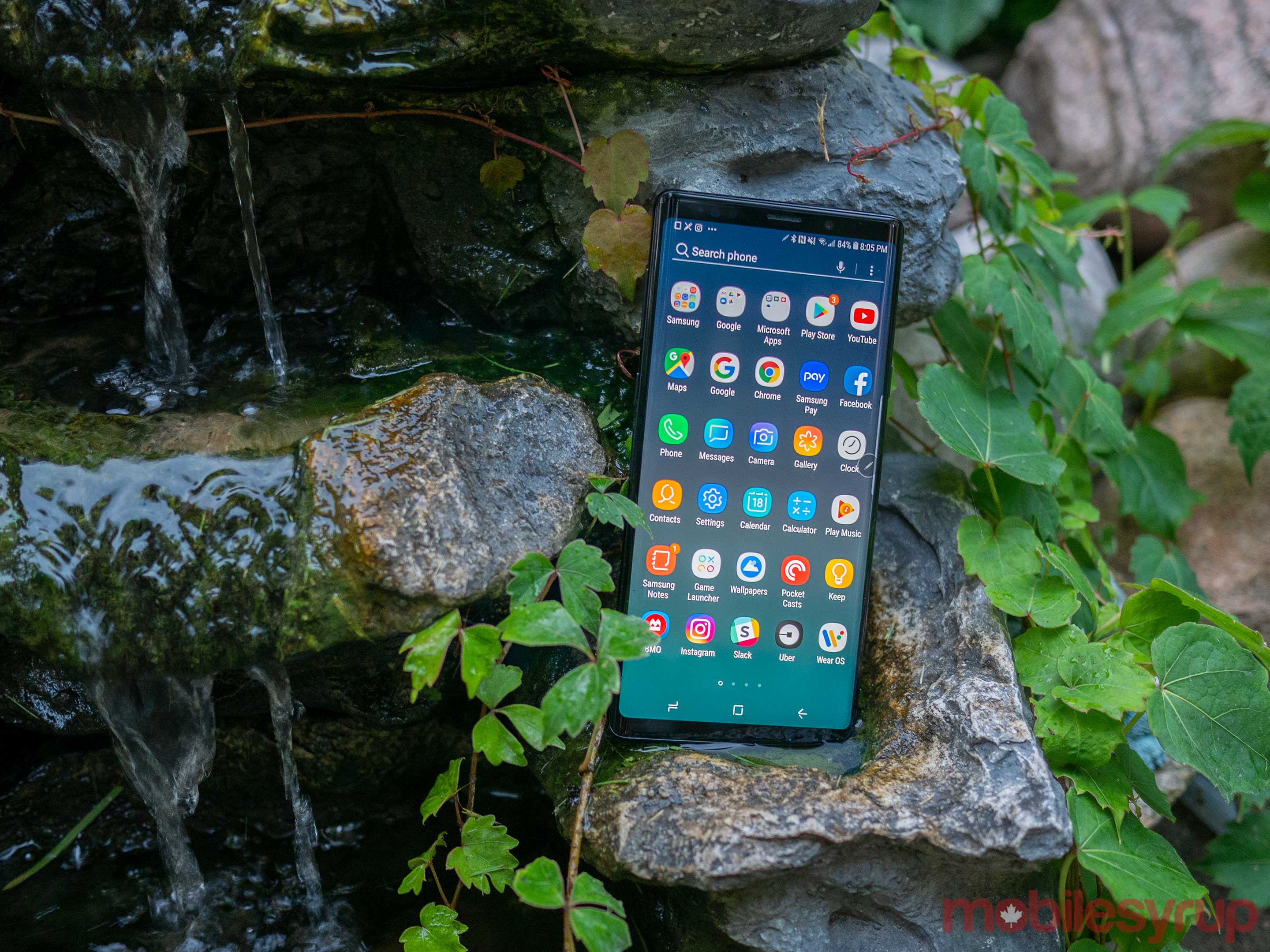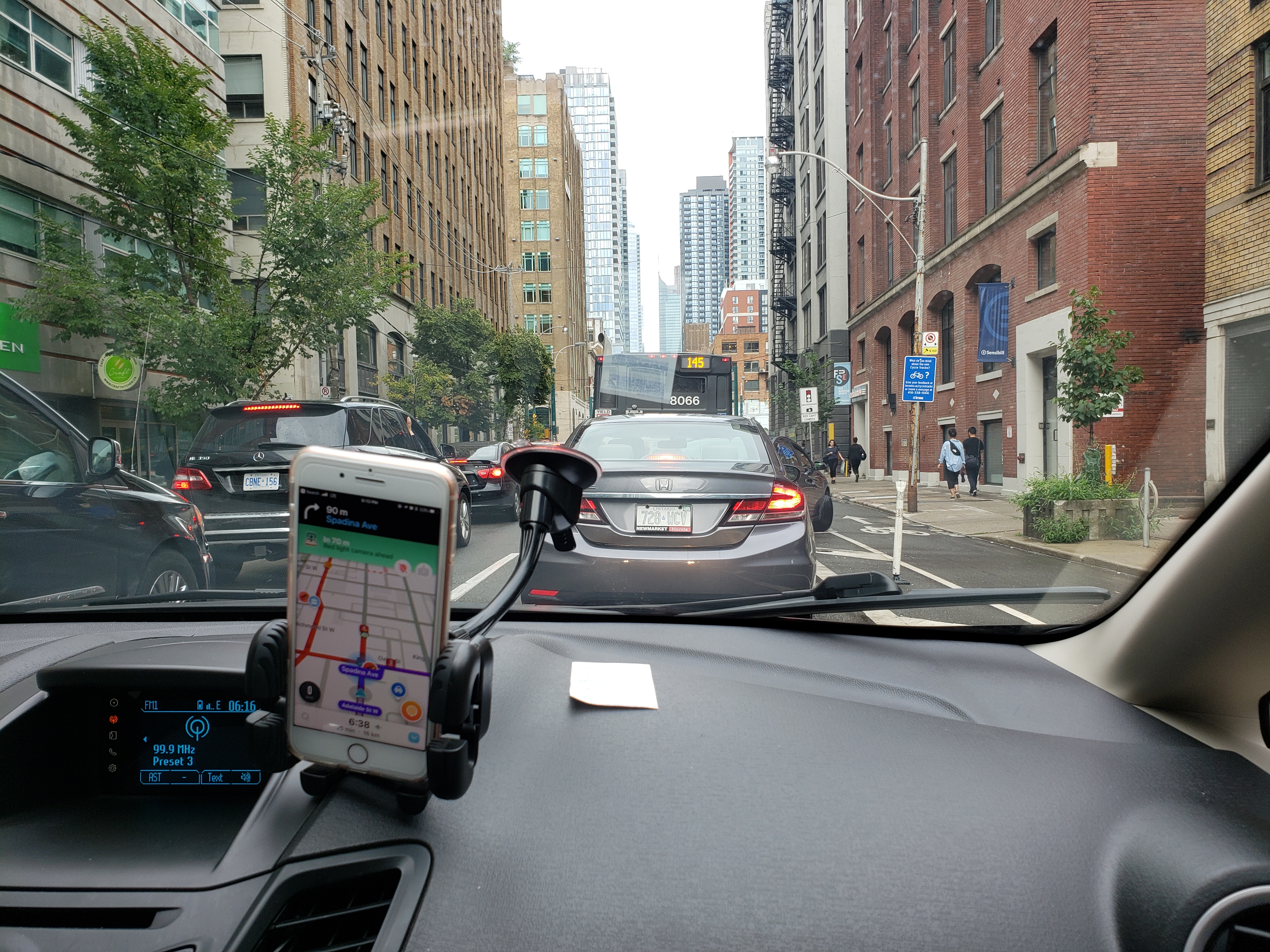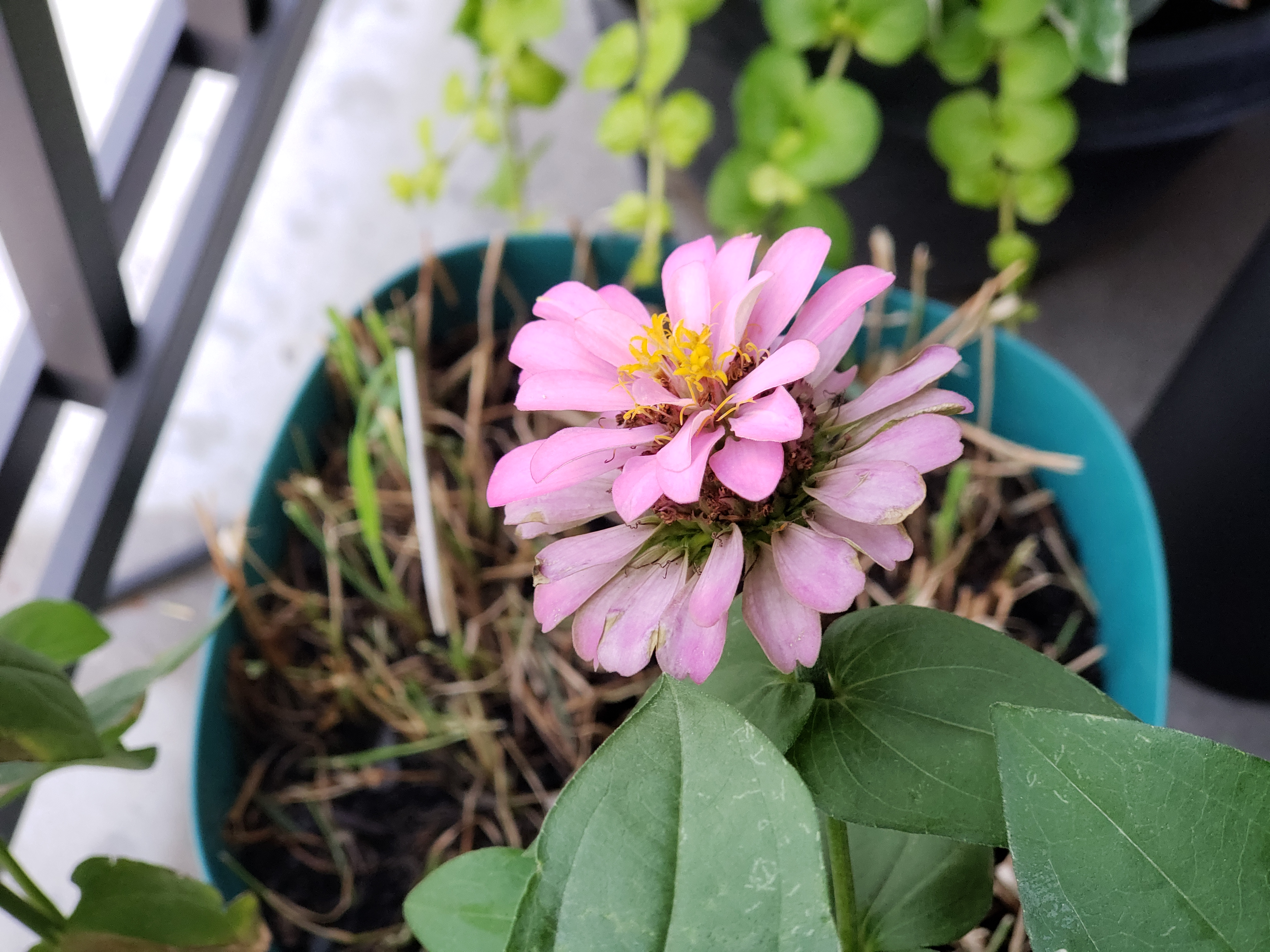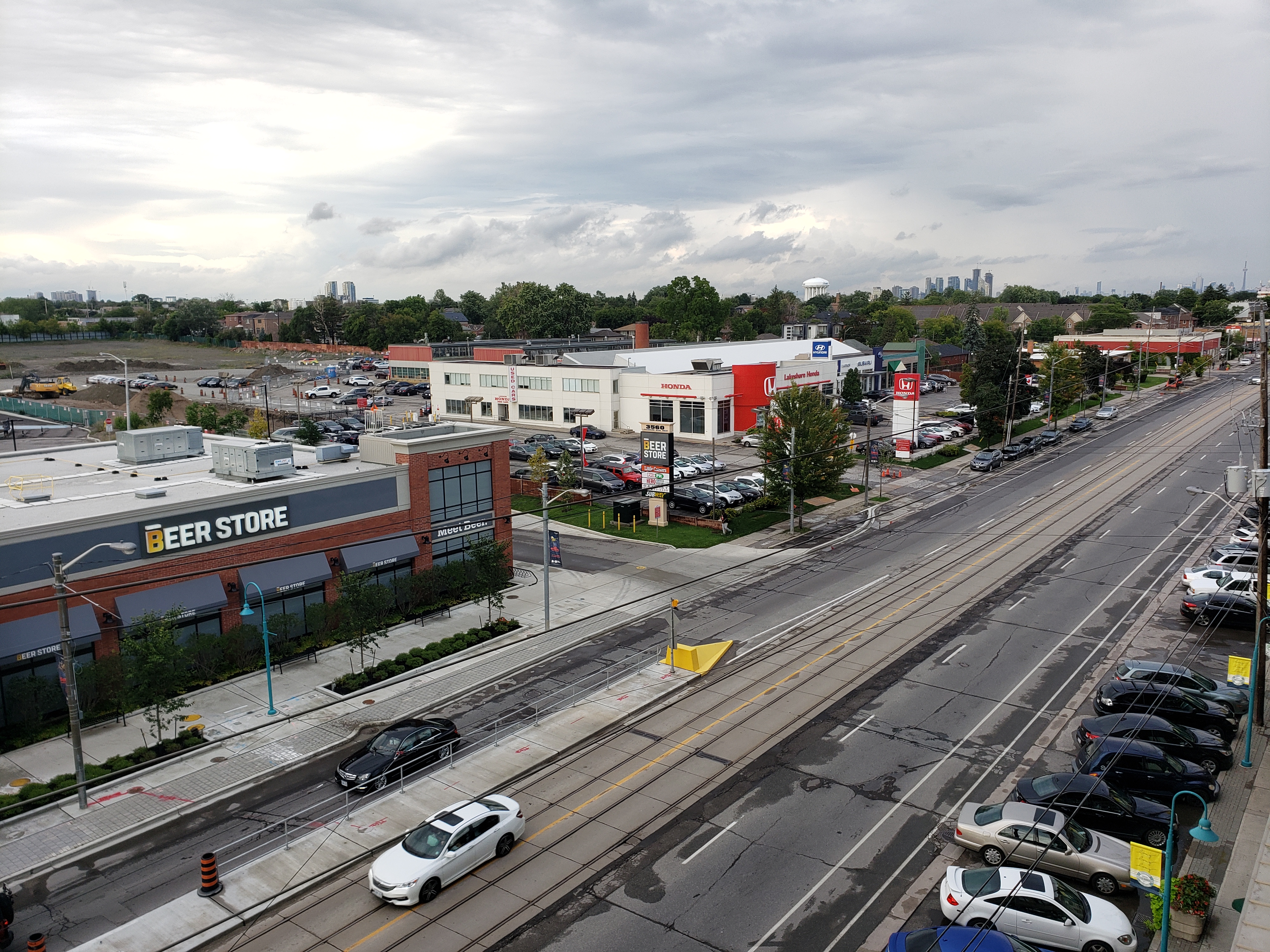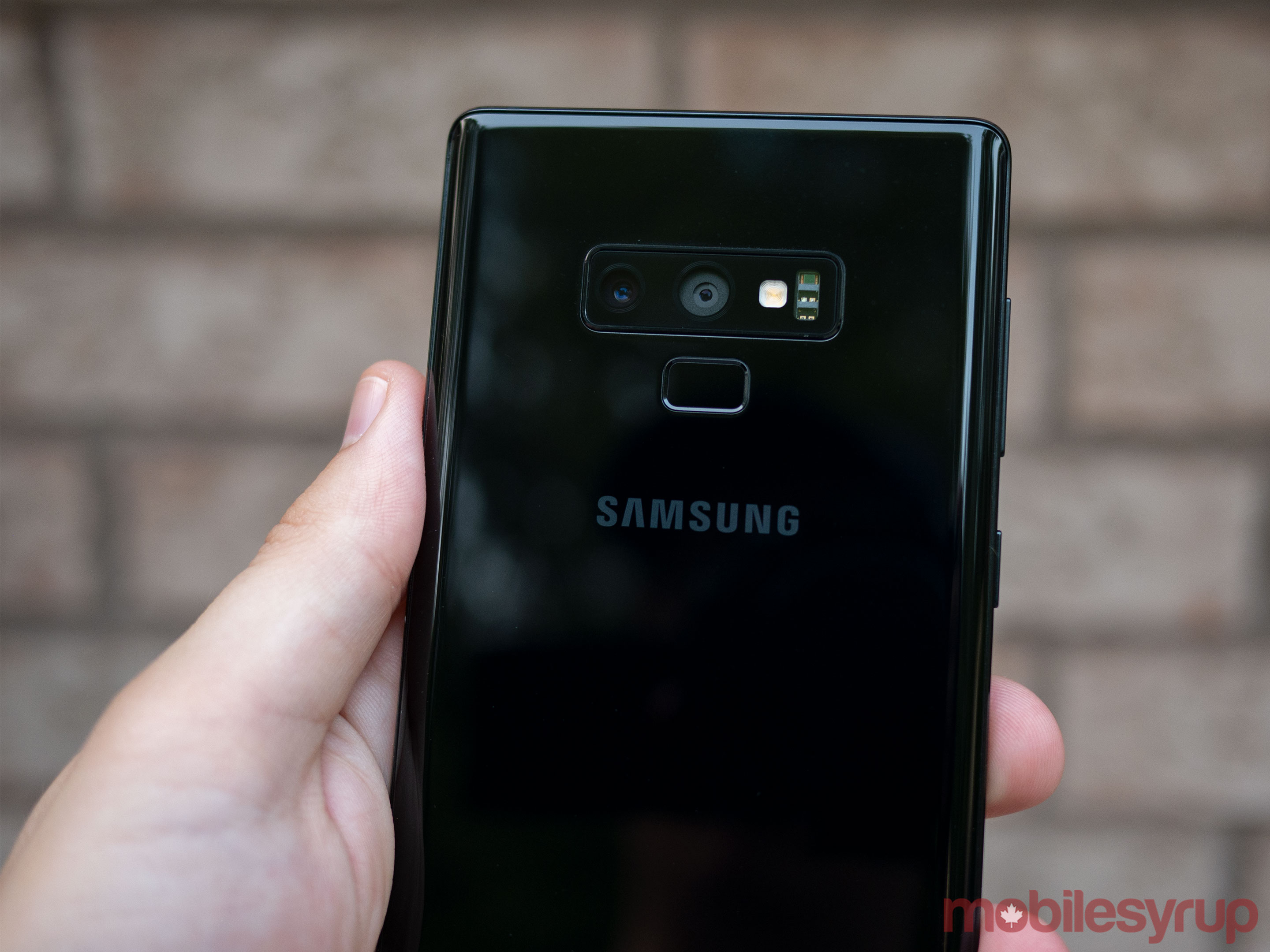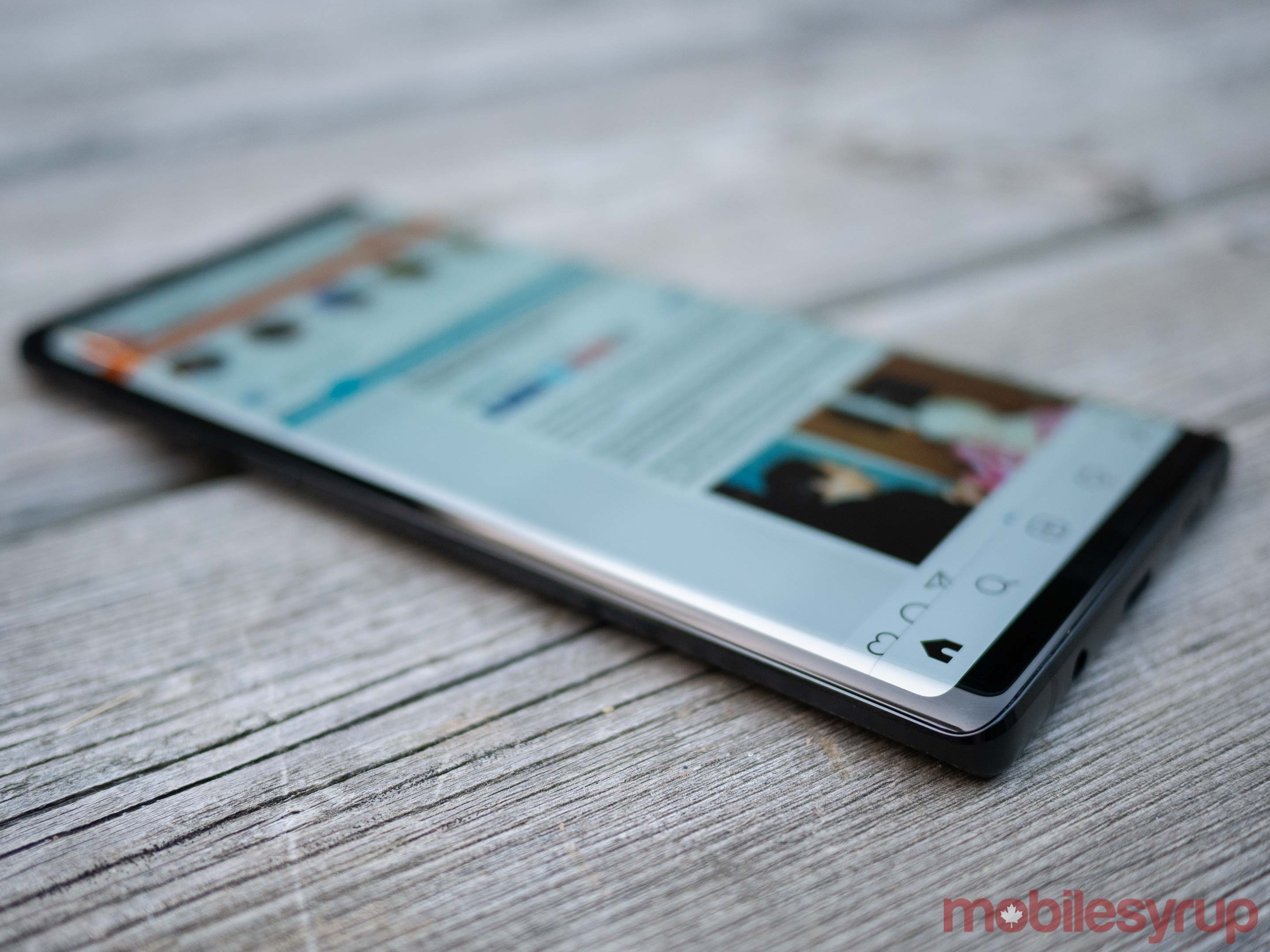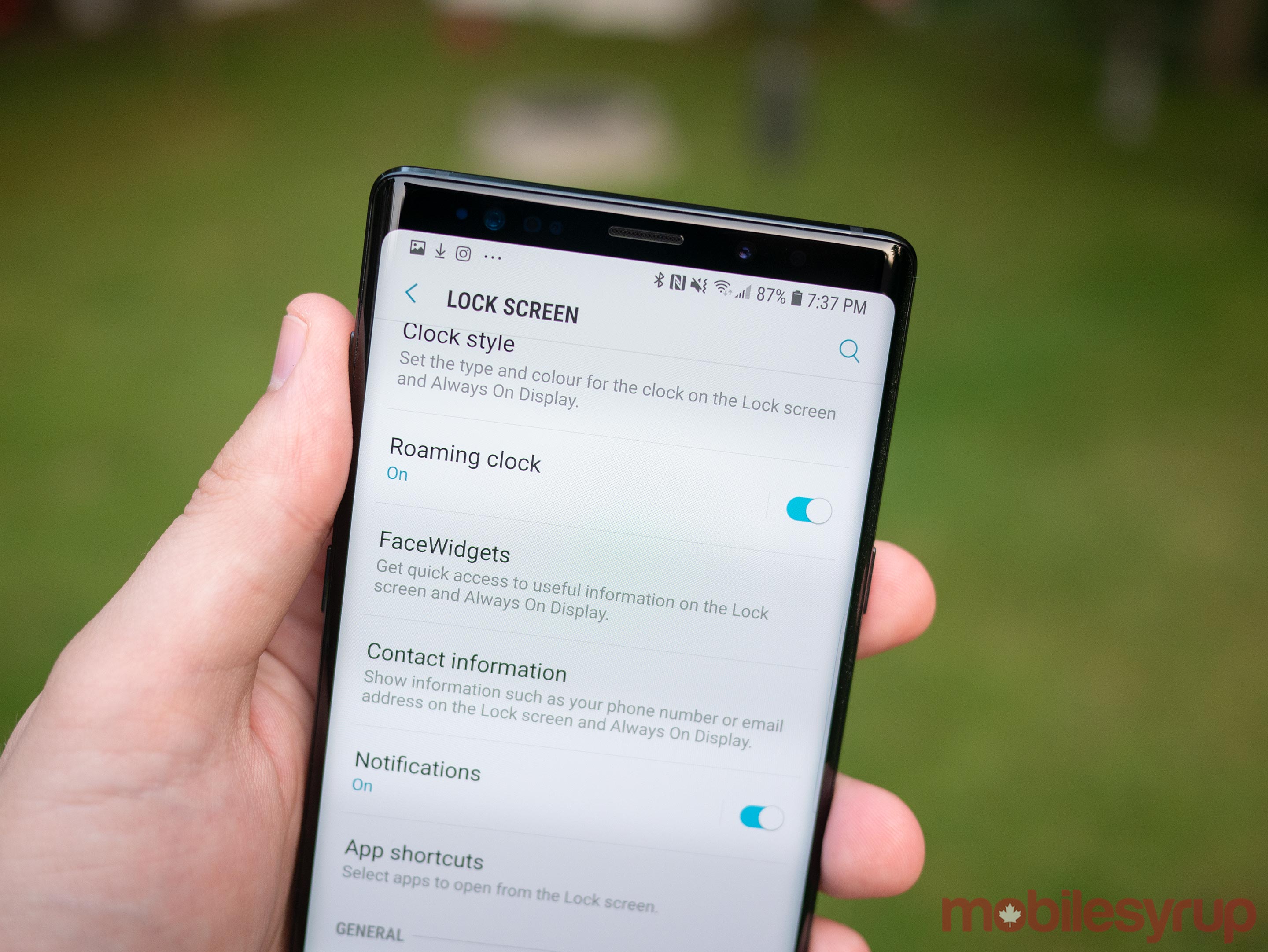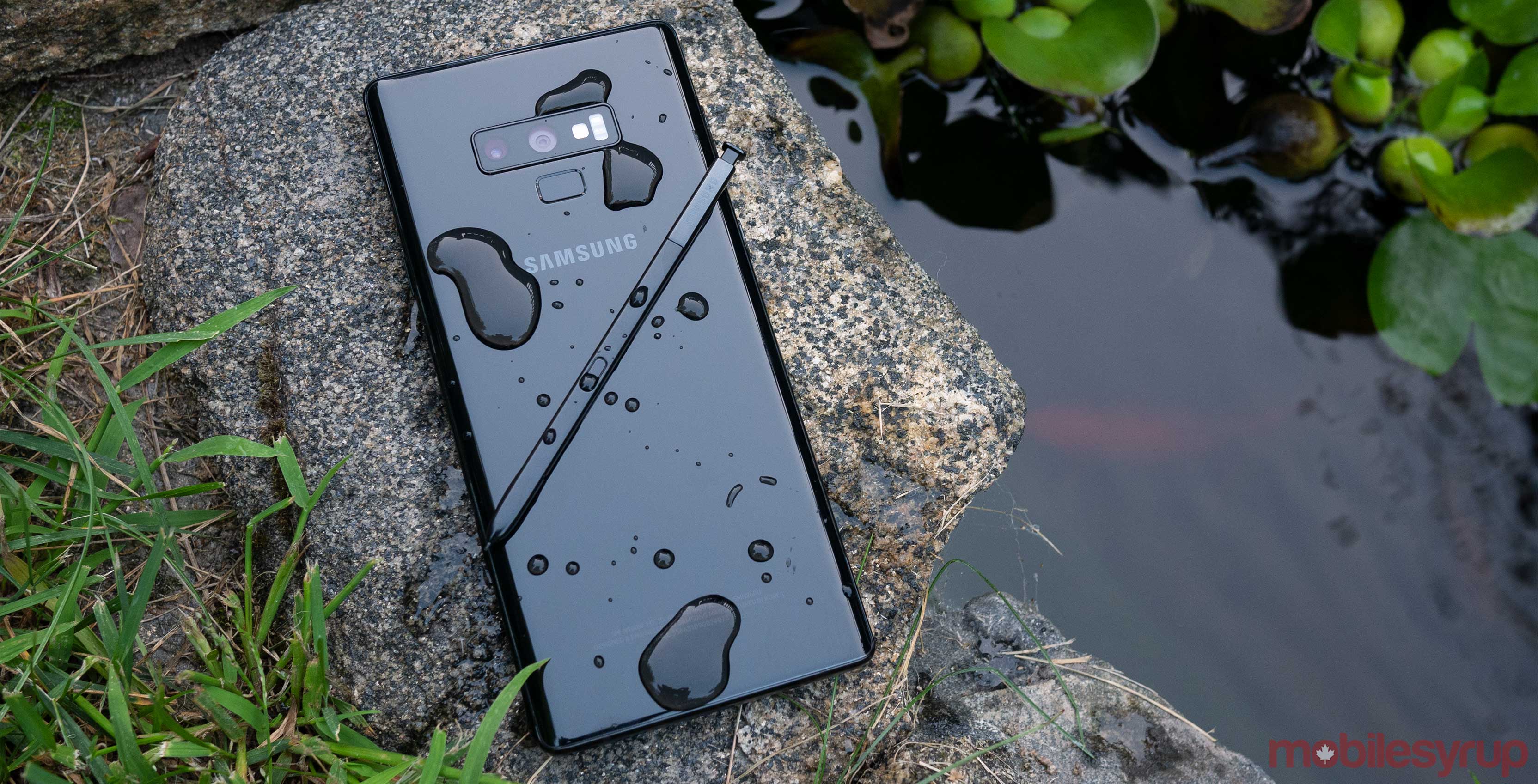
The Pros
- Impressive specs
- Stellar display
- Stylus functionally remains top tier
The Cons
- Expensive, especially in Canada
- Not that much of an upgrade over the Note 8
- Camera improvements are marginal
I’ve always been fond of Samsung’s increasingly refined design prowess.
The South Korean manufacturer has, with the exception of probably HTC’s early Android days, almost single-handedly pushed Android devices forward in terms of build quality and design language.
This shift started with the iPhone 6-inspired Galaxy S6 and then hit its stride with the Note 5 and Galaxy S7.
Samsung’s trend of iterative updates and subtle design shifts continued from that point on, with each subsequent device, whether in the S Series or Note line, featuring incrementally more powerful hardware and a slightly tweaked design — at least until the release of the ill-fated Note 7
While the Note 7 ultimately evolved into a disaster for Samsung, the smartphone was so far ahead of other Android devices at the time, that it pushed the competition forward in a way we haven’t seen since.
Jump forward a few years and here we are at the launch of the Galaxy Note 9, a device embodying the epitome of the Samsung’s hardware design.
Samsung Galaxy Note 9
Samsung Galaxy Note 8
Display
6.4-inch, Super AMOLED, 1440 x 2960 pixels, 18:5:9 aspect ratio, HDR10
6.3-inch, Super AMOLED display, 1440 x 2960 pixels, 18:5:9 aspect ratio, HDR 10
Processor
Snapdragon 845 (Exynos 9810)
Snapdragon 835 (Exynos 8895)
RAM
6GB, 8GB of RAM
6GB RAM
Storage
128GB, 512GB (expandable up 512GB)
64GB (expandable up to 256GB)
Dimensions (in.)
161.9mm x 76.4mm x 8.8mm
162.5mm x 74.6mm x 8.5mm
Weight
201g
195g
Rear Facing Camera
12-megapixel (f/1.5-2.4, OIS) + 12-megapixel (f/2.4, OIS) dual-LED flash
12-megapixel (f/1.7) + 12-megapixel (f.2.4, OIS, AF) dual-LED flash
Front Facing Camera
8-megapixel (f/1.7)
8-Megapixel (f/1.7)
OS
Android Oreo
Android 7.1 Nougat
Battery
4,000mAh
3,300mAh
Network Connectivity
GSM/HSPA/LTE
GSM / HSPA / LTE
Sensors
Fingerprint (rear-mounted), Iris scanner, fingerprint (rear-mounted), accelerometer, gyro, proximity, compass, barometer, heart rate, SpO2
Iris scanner, fingerprint (rear-mounted), accelerometer, gyro, proximity, compass, barometer, heart rate, SpO2
SIM Type
Nano SIM
Nano SIM
Launch Date
August 9, 2018
August 23, 2017
Misc
Colours: Ocean Blue, Midnight Black, Lavender Purple (U.S only) | Bluetooth S Pen, Samsung DeX with adapter, Fortnite, IP68 water and dust resistant
Colours: Black, Blue | IP68 water/dust resistant, S-Pen, 18:9 aspect ratio, wireless charging, USB type C
Display
Samsung Galaxy Note 9
6.4-inch, Super AMOLED, 1440 x 2960 pixels, 18:5:9 aspect ratio, HDR10
Samsung Galaxy Note 8
6.3-inch, Super AMOLED display, 1440 x 2960 pixels, 18:5:9 aspect ratio, HDR 10
Processor
Samsung Galaxy Note 9
Snapdragon 845 (Exynos 9810)
Samsung Galaxy Note 8
Snapdragon 835 (Exynos 8895)
RAM
Samsung Galaxy Note 9
6GB, 8GB of RAM
Samsung Galaxy Note 8
6GB RAM
Storage
Samsung Galaxy Note 9
128GB, 512GB (expandable up 512GB)
Samsung Galaxy Note 8
64GB (expandable up to 256GB)
Dimensions (in.)
Samsung Galaxy Note 9
161.9mm x 76.4mm x 8.8mm
Samsung Galaxy Note 8
162.5mm x 74.6mm x 8.5mm
Weight
Samsung Galaxy Note 9
201g
Samsung Galaxy Note 8
195g
Rear Facing Camera
Samsung Galaxy Note 9
12-megapixel (f/1.5-2.4, OIS) + 12-megapixel (f/2.4, OIS) dual-LED flash
Samsung Galaxy Note 8
12-megapixel (f/1.7) + 12-megapixel (f.2.4, OIS, AF) dual-LED flash
Front Facing Camera
Samsung Galaxy Note 9
8-megapixel (f/1.7)
Samsung Galaxy Note 8
8-Megapixel (f/1.7)
OS
Samsung Galaxy Note 9
Android Oreo
Samsung Galaxy Note 8
Android 7.1 Nougat
Battery
Samsung Galaxy Note 9
4,000mAh
Samsung Galaxy Note 8
3,300mAh
Network Connectivity
Samsung Galaxy Note 9
GSM/HSPA/LTE
Samsung Galaxy Note 8
GSM / HSPA / LTE
Sensors
Samsung Galaxy Note 9
Fingerprint (rear-mounted), Iris scanner, fingerprint (rear-mounted), accelerometer, gyro, proximity, compass, barometer, heart rate, SpO2
Samsung Galaxy Note 8
Iris scanner, fingerprint (rear-mounted), accelerometer, gyro, proximity, compass, barometer, heart rate, SpO2
SIM Type
Samsung Galaxy Note 9
Nano SIM
Samsung Galaxy Note 8
Nano SIM
Launch Date
Samsung Galaxy Note 9
August 9, 2018
Samsung Galaxy Note 8
August 23, 2017
Misc
Samsung Galaxy Note 9
Colours: Ocean Blue, Midnight Black, Lavender Purple (U.S only) | Bluetooth S Pen, Samsung DeX with adapter, Fortnite, IP68 water and dust resistant
Samsung Galaxy Note 8
Colours: Black, Blue | IP68 water/dust resistant, S-Pen, 18:9 aspect ratio, wireless charging, USB type C
In many ways, the Note 9 is the best big Android smartphone out there right now, though admittedly it’s not that significant of a leap from the Note 8 — a smartphone that’s very much a revamped Note 7 — and also feels nearly identical to the recently released S9+ in a variety of ways.
Still, if you’re willing to pay the Note 9’s $1299 CAD starting price tag, Samsung’s latest big flagship could be the zero compromises Android device you’ve been waiting for.
The look
If you’ve held or looked at a Samsung device at some point over the last few years, you’ll be familiar with the Note 9’s design.
The smartphone features the same curved ‘Infinity Display’ as its predecessor, though its screen now measures in at 6.4-inches instead of 6.3-inches like with the Note 8. Despite the slightly larger display, the Note 9’s doesn’t feel substantially larger than the Note 8.
In terms of specific measurements, the Note 9 comes in at 61.9mm x 76.4mm x 8.8mm, while the Note 8 is 62.5mm x 74.6mm x 8.5mm. Weight wise, the phone is also slightly heavier when compared to its predecessor, measuring in at 201g, while the Note 8 is 195g. That said, the slight weight difference isn’t noticeable.
Don’t be fooled though, the Note 9 is still a massive smartphone. This means that if you’re not fond of large devices, or enjoy using your handset with just one hand, Samsung’s latest big smartphone is not for you.
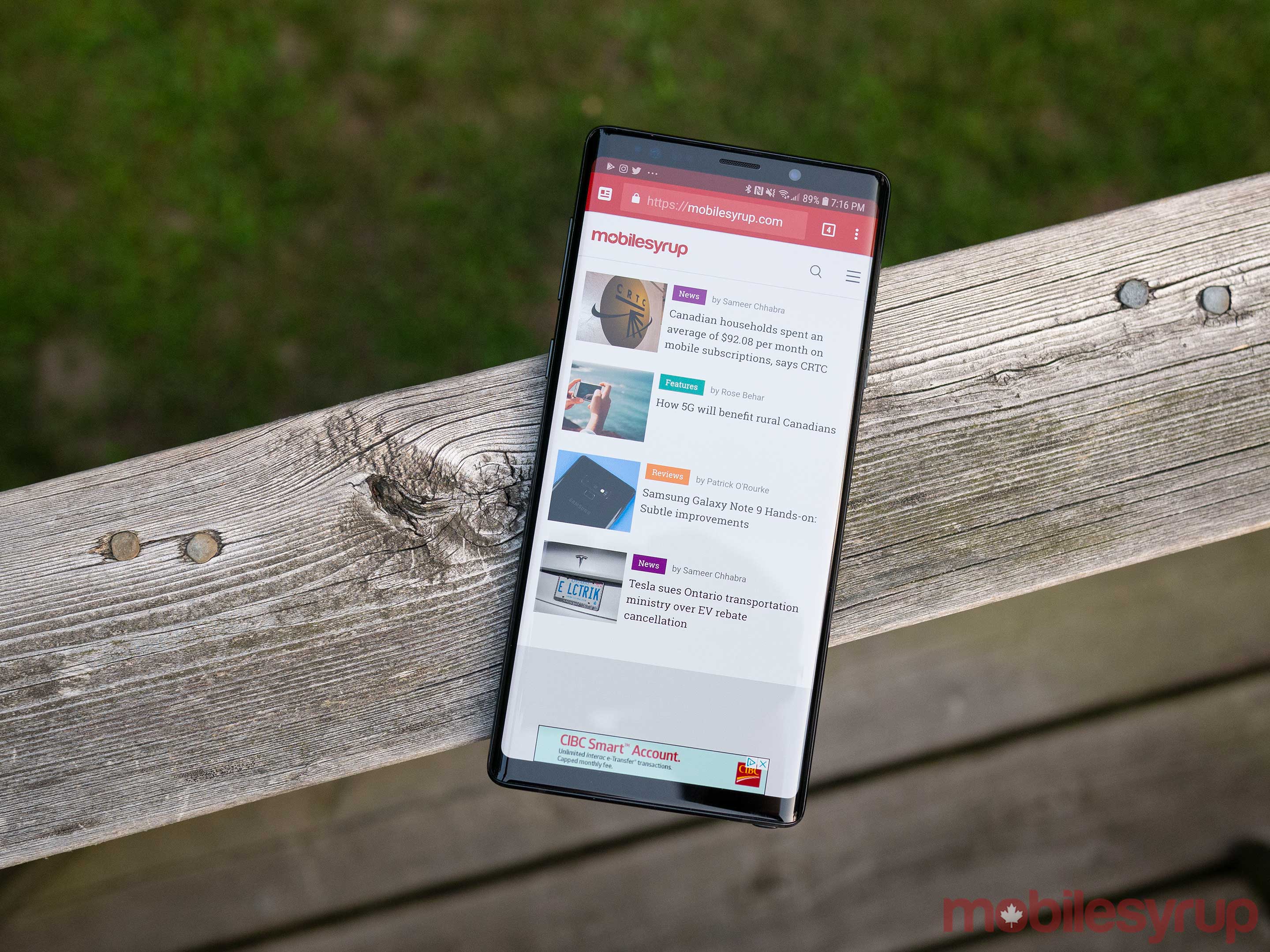
The other notable design shift most people will immediately notice is that Samsung has moved the Note 9’s fingerprint sensor to sit below the camera, similar to the S9/S9+. This means those with average-sized hands will no longer be forced to claw their hand awkwardly around the smartphone to reach the fingerprint scanner.
While I’d still prefer Samsung portioned the Note 9’s fingerprint more towards the centre of the smartphone in a fashion similar to the Pixel 2 XL, this is a welcome move on the company’s part. Samsung’s decision last year to place the Note 8’s sensor directly to the right of the camera remains perplexing.
The Note 9 is also still a magnet for unsightly fingerprints, similar to Samsung’s other all-glass smartphones like the S9/S9+, Note 8 and even mid-range devices like the A8. This means that unless you’re like me and obsessively wipe down your smartphone daily, the Note 9 quickly becomes a haven for grease, smudges and grime.
With this in mind, while I still think Samsung’s smartphone design aesthetic is one of the sleekest out there, it’s starting to feel repetitive and mundane at this point. I had hoped that this iteration would mark a shift in the company’s approach to the look of its devices, but that isn’t the case. Hopefully, Samsung opts for a more substantial design refresh with the inevitable Galaxy S10’s release in a few months.
The Note 9 is available in Canada in ‘Midnight Black’ and ‘Ocean Blue.’ There’s also a third ‘Lavender Purple’ version of the phone that’s not coming to the Great White North, according to Samsung Canada.
Our particular review device, provided by Samsung Canada, is the sleek looking Midnight Black iteration, though I’m more fond of the Ocean Blue Note 9. I spent time with it during my brief hands-on time with the phone in New York.
S9+’s camera with new tricks
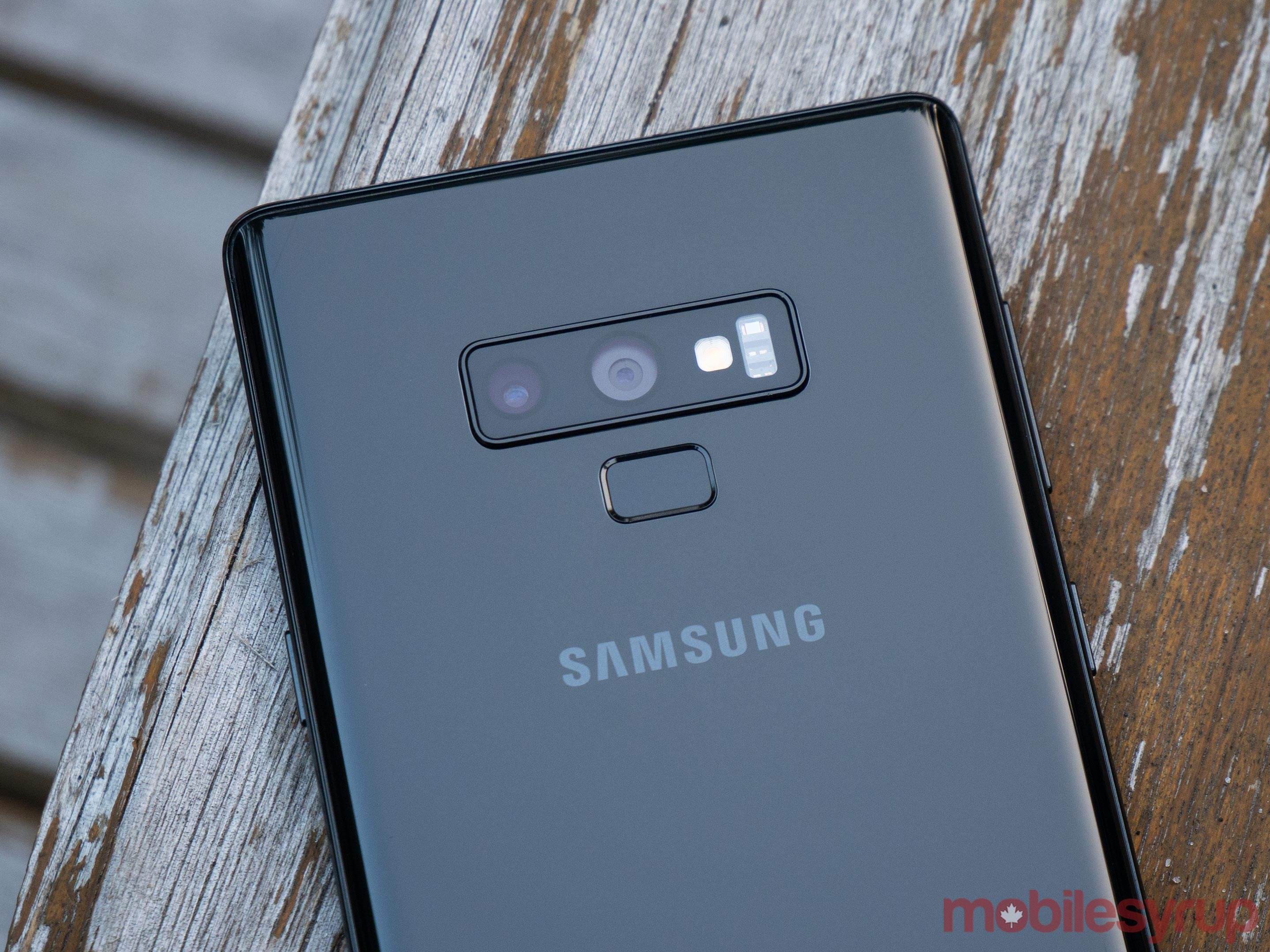
While Samsung’s S9+ snaps great pictures that aren’t exactly true-to-life, they still rival, or in some cases surpass, the iPhone 8 Plus‘ and iPhone X’s photography capabilities — depending on your taste.
The S9+’s great shooter is back again in the Note 9, including the smartphone’s impressive, surprisingly useful variable aperture. As a result, the Note 9’s rear 12-megapixel 26mm camera is capable of jumping between f/1.5 and f/2.4, allowing more light to hit the smartphone’s sensor when necessary. The aperture still, unfortunately, remains binary in the same way it was with the S9+. The Note 9 also features the S9’s useful ‘Live Focus’ feature, allowing for clever depth-of-field effects.
The phone’s other 12-megapixel 52mm rear lens includes 2x optical zoom, coupled with an aperture of f/2.4. Both rear lenses also feature optical image stabilization (OIS), though the Note 9’s front-facing 8-megapixel f/1.4 aperture camera doesn’t include OIS. Samsung adding OIS to the Note 9’s front-facing camera would have been a great move by the company, especially since few manufacturers have done this.
What’s actually different with the Note 9 is a new ‘Scene Optimization’ functionality that adds the ability for the camera to analyze 20 different photography situations, generating categories such as ‘landscape’ or ‘food,’ in order to select the best possible settings under varying conditions. This functionality is similar to photography identification featured in LG’s G7 ThinQ and Huawei’s P20 Pro.
While useful in some situations, I found that Scene Optimization often resulted in images featuring an even more processed look. This is already an issue Samsung smartphone cameras suffer from and these subtle tweaks typically exasperated the problem.
Under the hood
Inside is where Samsung has made most of the improvements to its latest smartphone. For example, the Note 9 is powered by Qualcomm’s powerful Snapdragon 845 processor, coupled with 6GB of RAM in the 128GB iteration, and a sizable 8GB of RAM in the 512GB version. Further, the Note 9 once again includes a microSD card slot, allowing owners of the 512GB model to expand the phone’s available storage to a massive 1TB.
For those not familiar with the intricacies of smartphone hardware, this means that at least on paper, the Note 9 should be able to handle a wide variety of tasks without even a hint of slow down. In my experience with the 8GB version of the Note 9, this was indeed true. Everything from running the new on-phone version of DeX (more on this later), to playing Fortnite, to even rapidly jumping between apps, resulted in few instances of lag.
Speaking of DeX, similar to Huawei’s P20, it’s now possible to launch Samsung’s desktop mode with any USB-C to HDMI adapter, instead of the pricey DeX dock or DeX Pad. While more convenient, DeX is still occasionally laggy when asked to handle resource-intensive tasks, features limited full-screen app support (though it has gotten better) and requires an external display. Still, it’s nice the feature exists and those who have used DeX in the past will appreciate the performance improvements the Note 9 offers.
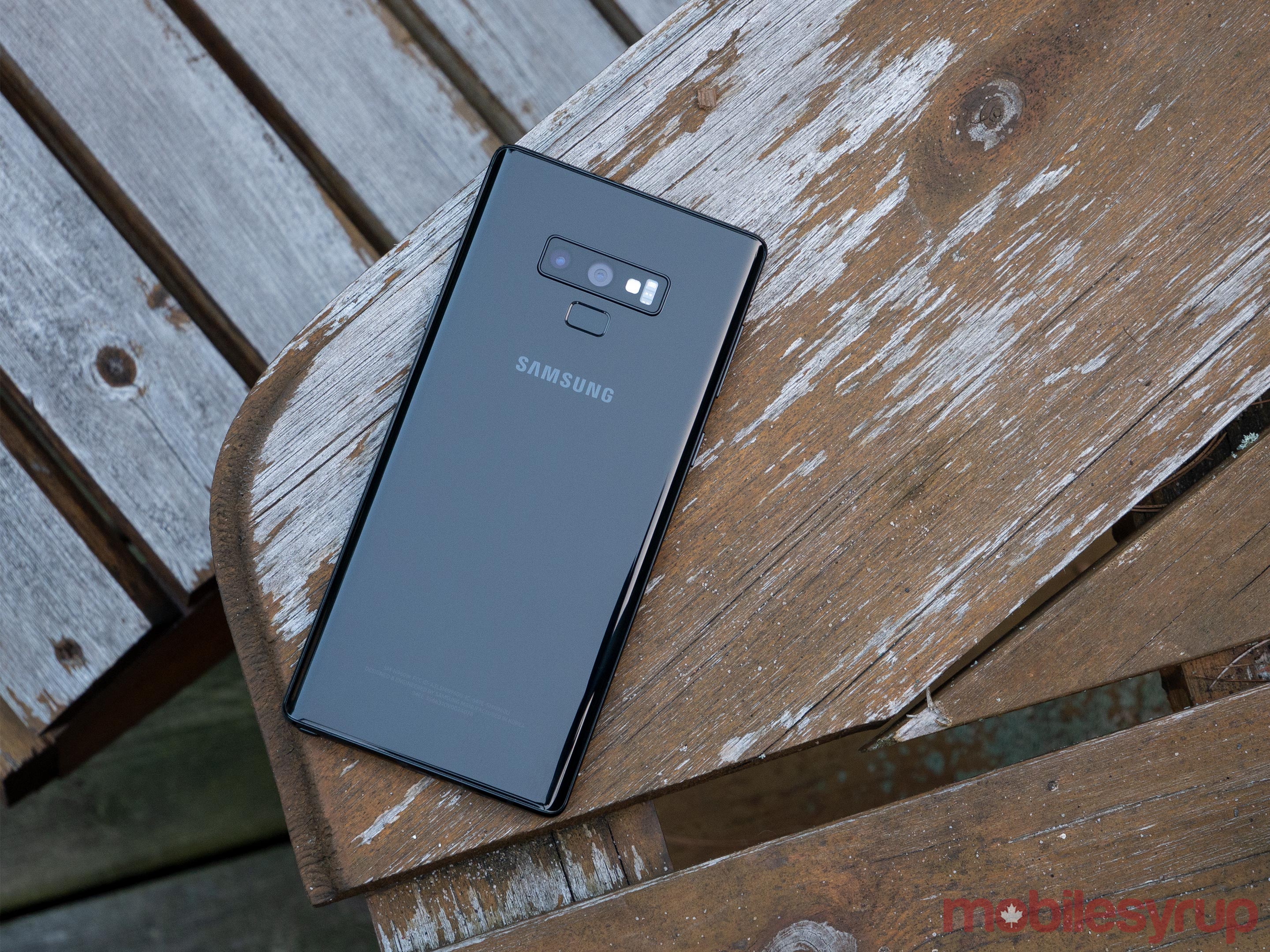
As is the case with all Samsung phones, I encountered the occasional jitter when I ran a number of apps in the background.
Although it’s impossible to know for sure, I’d speculate that these problems are caused by Samsung’s Android Oreo skin. Speaking of operating system issues, it’s currently unclear when Samsung will update the Note 9 to Android Pie given that the company has yet to even update the S9/S9+, which launched on March 16th, 2018.
Other changes include an expanded water carbon cooling system designed to help keep the Note 9’s processor cool. This means that yes, there is water inside the Note 9 keeping its Snapdragon 845 processor operating at peak efficiency.
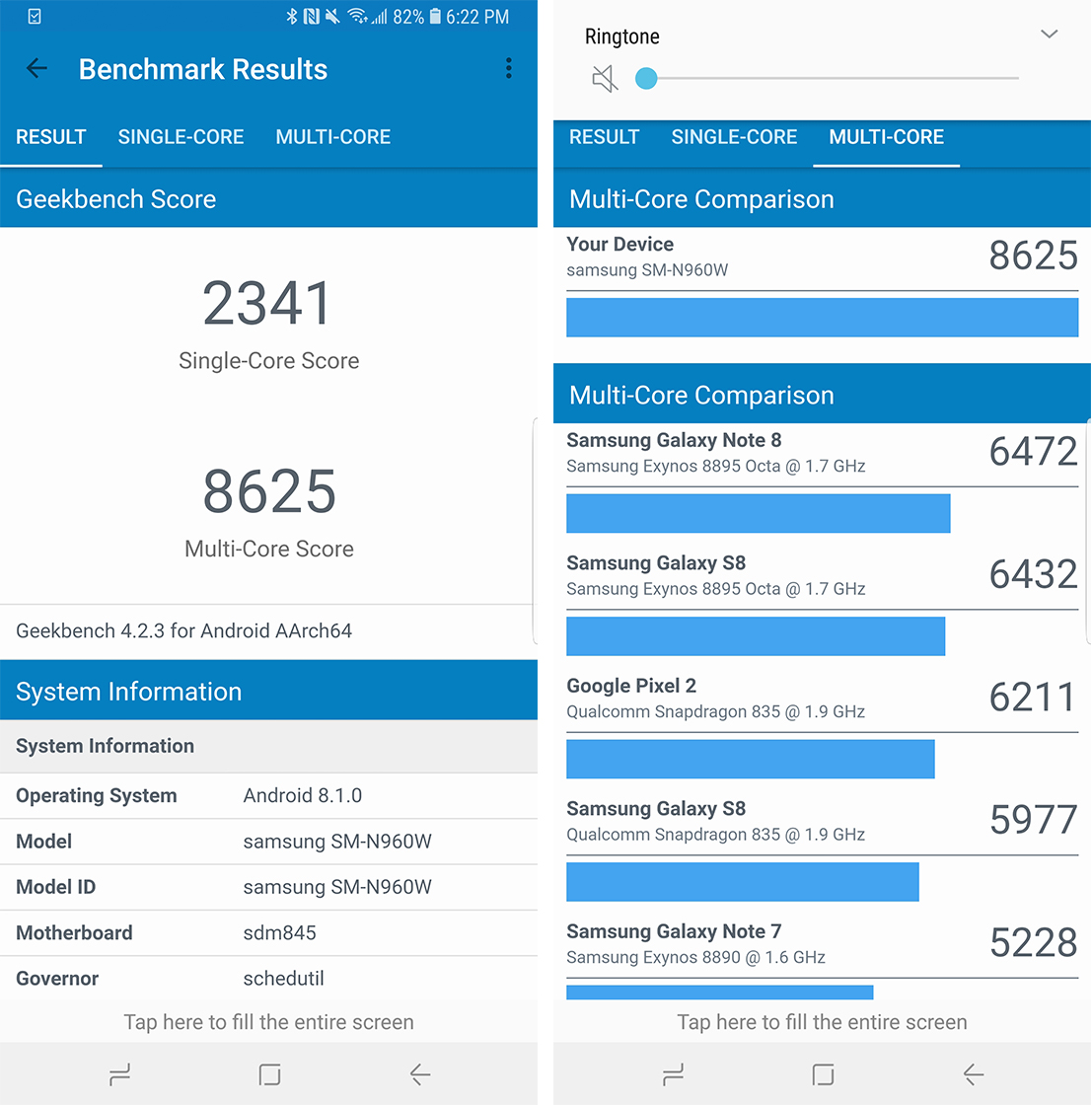
While not an entirely new feature given past Note devices have featured similar cooling technology, I did find that the Note 9 didn’t heat up quickly when under a heavy load. For example, I spent a lot of time playing Fortnite during my time with the smartphone, as well as other resource-intensive games like PUBG Mobile and Pokémon Go. While the Note 9 did eventually heat up, it never felt as warm as the S9+ or other older Galaxy devices.
The other major improvement, and perhaps my favourite feature, is that the Note 9 includes a 4,000mAh battery, amounting to a 700mAh improvement over the Note 8’s 3,300mAh power source.
This means that the Note 9’s battery even surpasses the Note 7’s 3,500mAh battery.
Some might be concerned by this jump in battery capacity, but Samsung says its eight-point, third-party reviewed battery inspection process is still in effect. While I can’t definitively state that the Note 9’s battery won’t experience issues, Samsung is well aware of what another controversy like what it experienced with the Note 7 would do to the company as a whole. In short, it’s unlikely another Note 7-like incident will happen.
During my time with Samsung’s latest Note device, the smartphone has frequently lasted a full day of usage. When I say full day, I don’t just mean until 5pm or 6pm like most smartphone manufacturers boast.
In the Note 9’s case, the phone pushes well into the evening, with its battery marathoning until 1am or 2am in most cases. I’d estimate that with conservative use, you could even push the Note 9’s battery life to more than a full 24 hour day.
The Note 9’s 6.4-inch 1440 x 2960 pixel Super AMOLED display is also just as stellar as the screen featured in the S9+, rivalling the iPhone X’s great looking screen in colour vibrancy and brightness, whether I was playing games or watching content on Netflix.
Though HDR content isn’t as prevalent on mobile as it is when it comes to television — and even then, there isn’t much out there yet — the fact that the Note 9 features a screen with increased dynamic range is a welcome addition.
Then there’s Bixby, Samsung’s often made fun of voice-activated assistant. While Bixby features an improved user interface and additional third-party integration, it doesn’t come close to comparing to Google Assistant or even Amazon’s Alexa. This alone makes Bixby not worth using when other, more-capable voice-activated assistants are readily available.
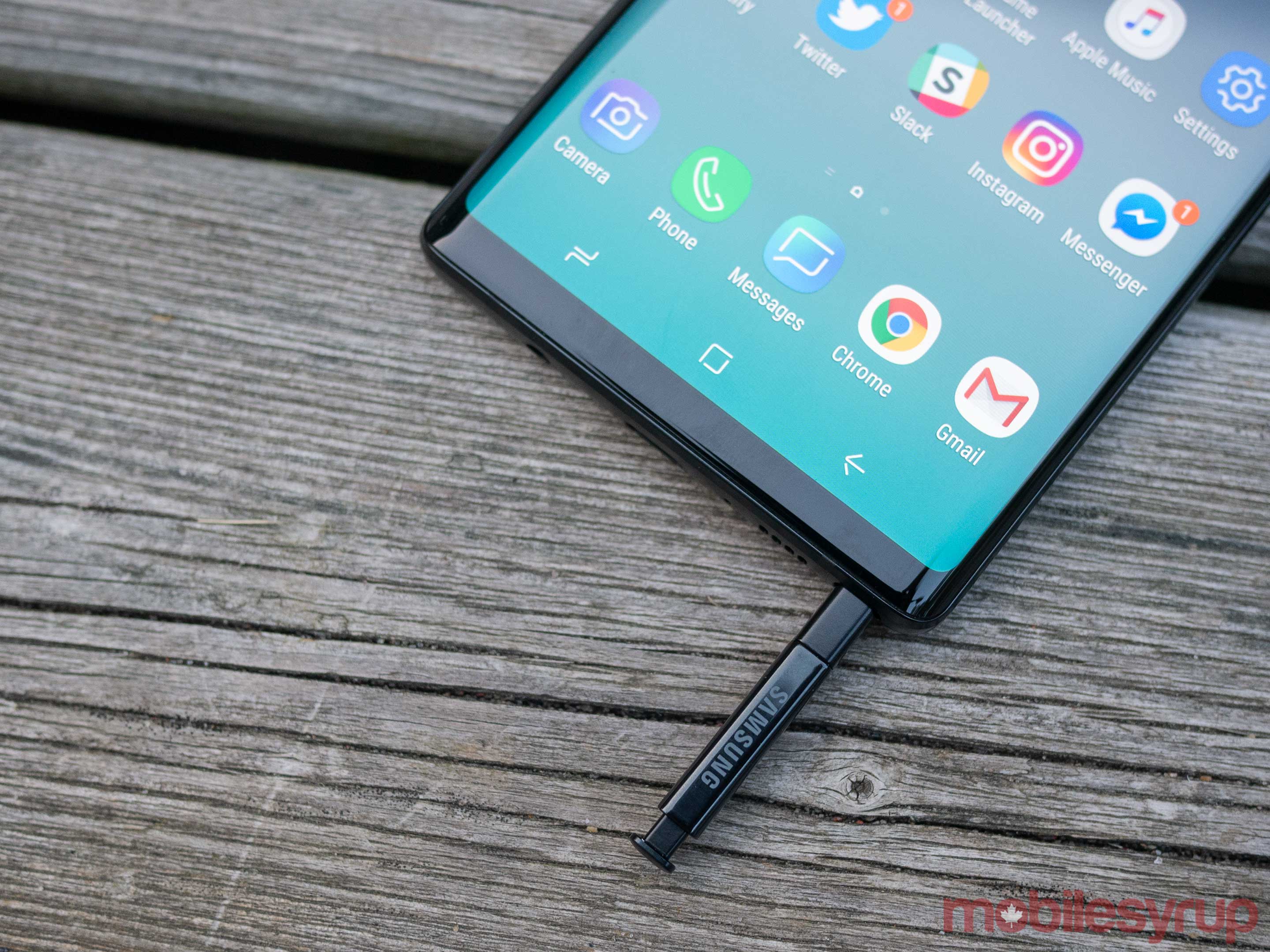
The Note 9 also still features a dedicated Bixby button on its left side that strangely can’t be easily reprogrammed through the phone’s setting, which remains a frustrating decision on Samsung’s part.
Finally, Samsung’s latest flagship also features stereo speakers tuned by AKG, resulting in stellar sound, just like I experienced with the S9 and S9+.
S Pen improvements
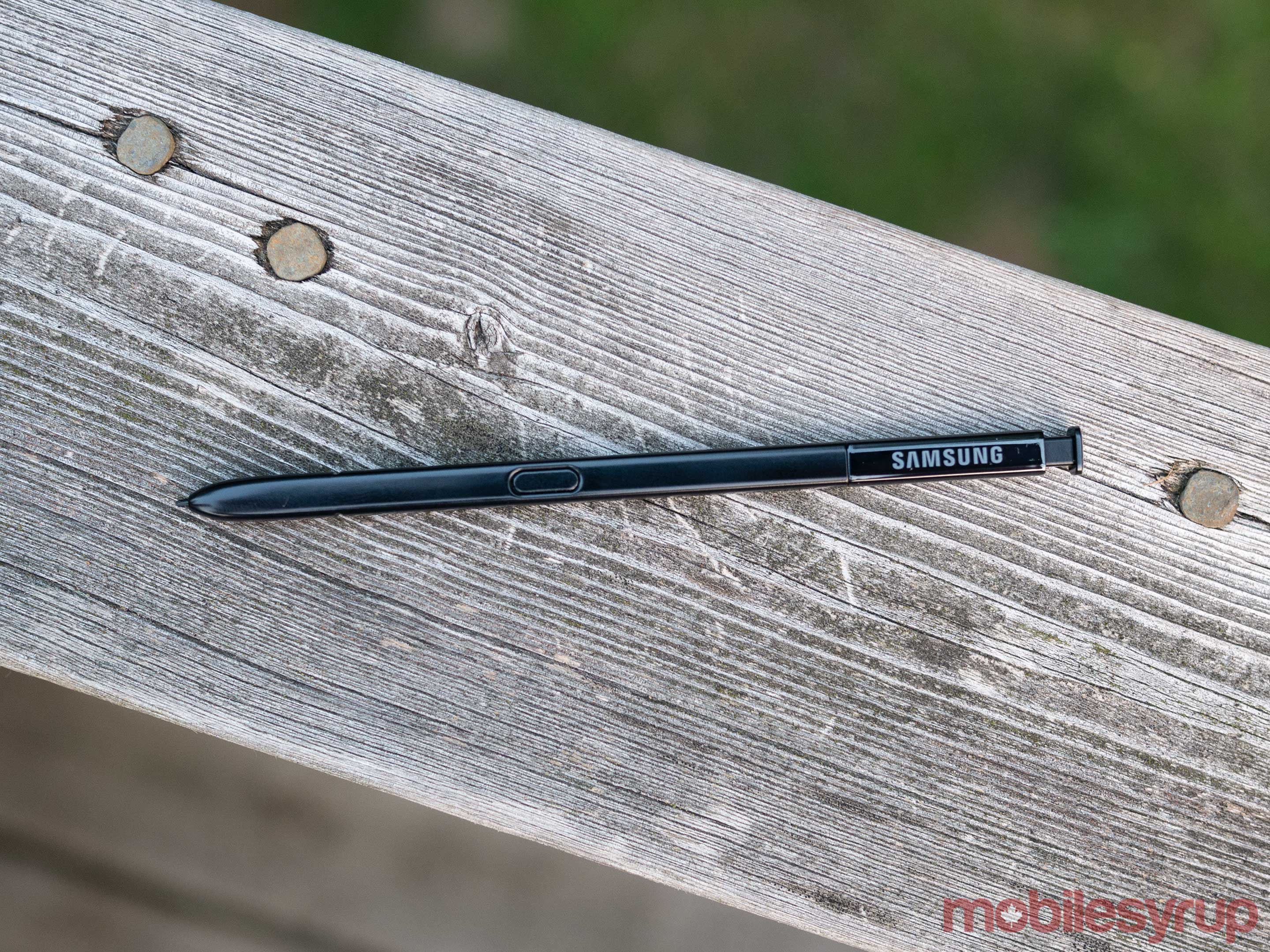
While I initially found it amusing that Samsung decided to tout the Note 9’s improved S Pen as this year’s marquee new feature, I’ve found the stylus more useful than I initially thought.
As expected, the Note 9 includes the same S Pen functionality users have come to expect from the Note line. For instance, ‘Screen-off Memo,’ ‘Smart Select,’ ‘Screen Write’ and ‘Live Message,’ are all back and work just as well as they did with the Note 8.
This means that if you’re already a fan of the Note’s stylus — and if you’re interested in the Note 9, you likely already consider yourself among this passionate group — all of the features you’ve come to expect from Samsung’s S Pen are back again.
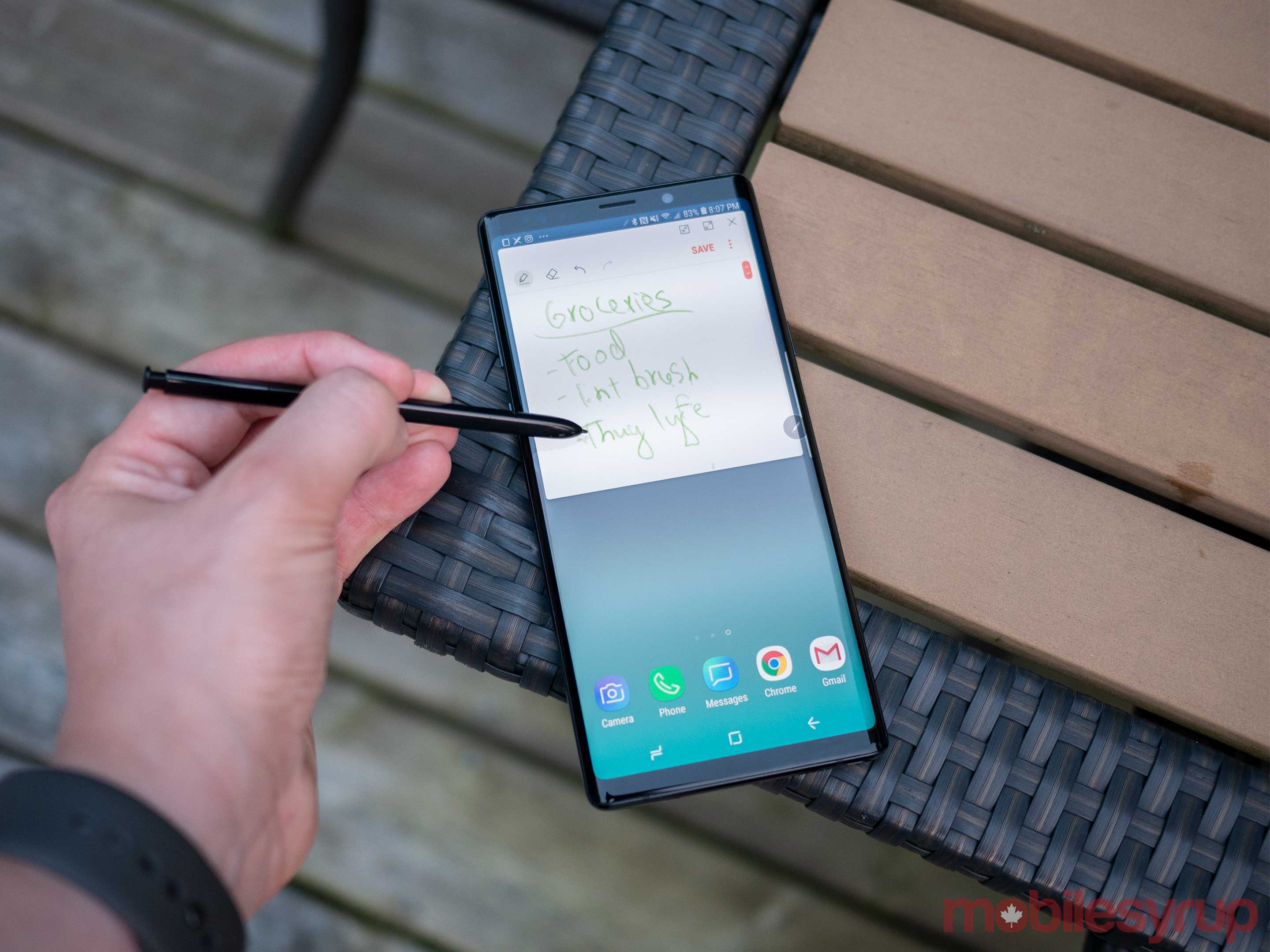
What’s new is that the S Pen now features Bluetooth low-energy connectivity, allowing it to operate from as much as 30-feet away, with the battery lasting 200-clicks or 30 minutes, according to Samsung’s estimates. While the S Pen can be customized to launch any app, it’s best used with the Note 9’s camera app where it is capable of working as a remote shutter release.
While not useful in every situation, if you happen to have a tripod with a smartphone attachment and want to snap a group photo that also includes you, this feature really comes in handy.
That said, as it stands right now, the usefulness of the S Pen’s low-energy Bluetooth connectivity seems limited, though Samsung says it plans to release an API that will allow third-party developers to integrate the feature into their apps. That means that this could change in the coming weeks.
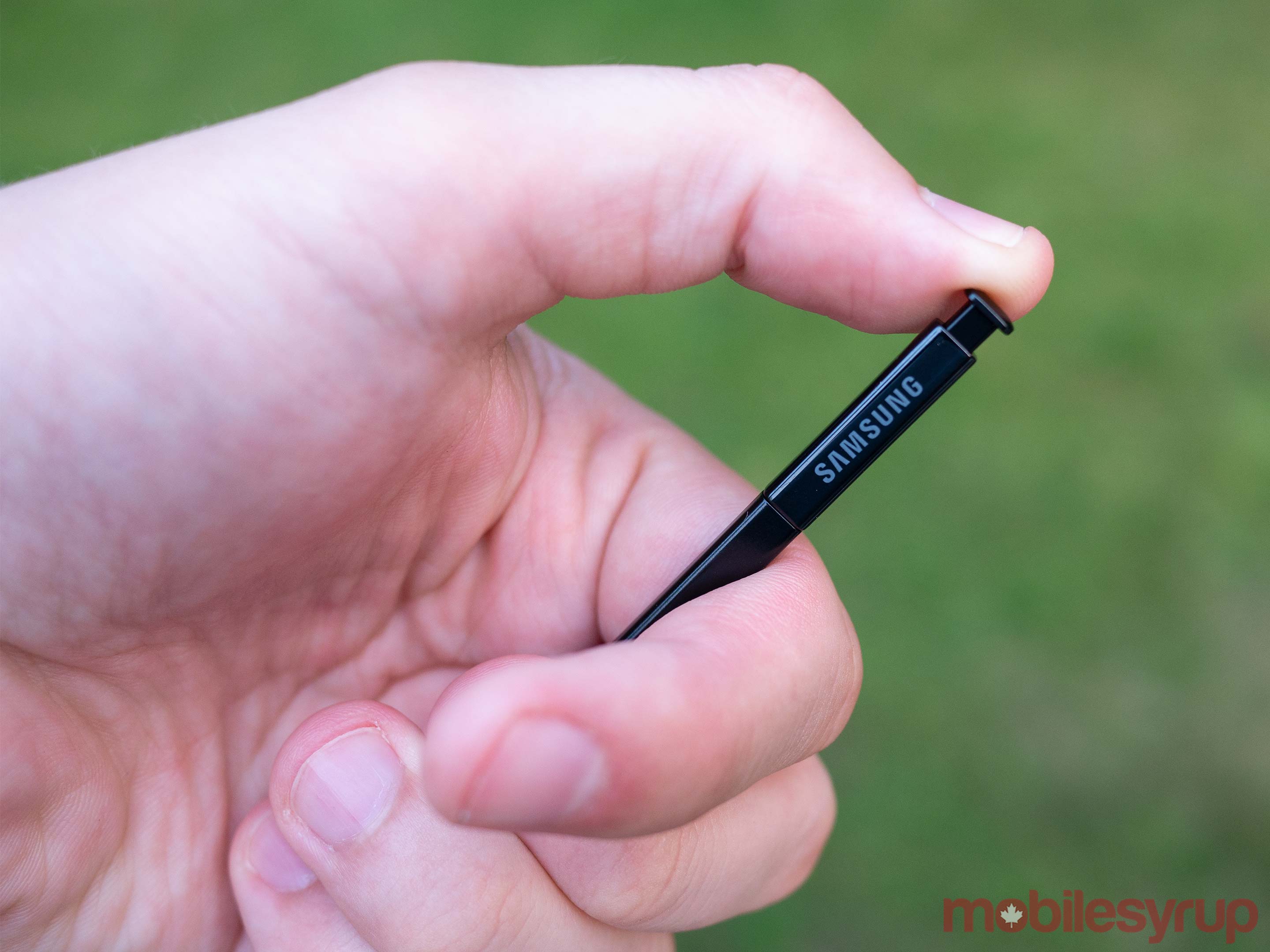
The S Pen also features a component called a ‘supercapacitor’ that allows the stylus to charge in just 40 seconds after it’s been inserted in the phone.
Unlike traditional batteries, supercapacitors are capable of charging almost instantaneously, though they can only hold a small amount of energy when compared to a more traditional power source, making them perfect for charging something like the Note’s S Pen.
A video review will be added to this story in the coming days.
Should you buy it?
Regardless of how you look at the device, Samsung's Note 9 is an iterative, albeit very good update to an already stellar smartphone. While I don't often like to assume what readers are looking for from a smartphone, whether or not the Note 9 is for you will depend on a few factors. First, you need to ask yourself if you're comfortable with dropping either $1,299 for the 128GB/6GB of RAM model, or $1,629 for the 512GB/8GB of RAM version of the Note 9?
Next, do you own a Samsung Galaxy S9+? If so, then skip the Note 9 as it's basically the exact same smartphone -- unless you're a huge fan of the S Pen. If you're fanatical about the S Pen, it's likely you already own the Note 8, in which case, once again, I find it difficult to recommend the Note 9.
But if you're using a past Note device that isn't the Note 8, like the Note 5, for example, or an older smartphone from another manufacturer, or even interested in trying out stylus for the first time, then the Note 9 is difficult to beat. The Note 9 truly is one of the first Android devices I can confidently state is nearly perfect as long as you're fond of big phones
"Samsung's latest big flagship could be the zero compromises Android device you've been waiting for"
MobileSyrup may earn a commission from purchases made via our links, which helps fund the journalism we provide free on our website. These links do not influence our editorial content. Support us here.


